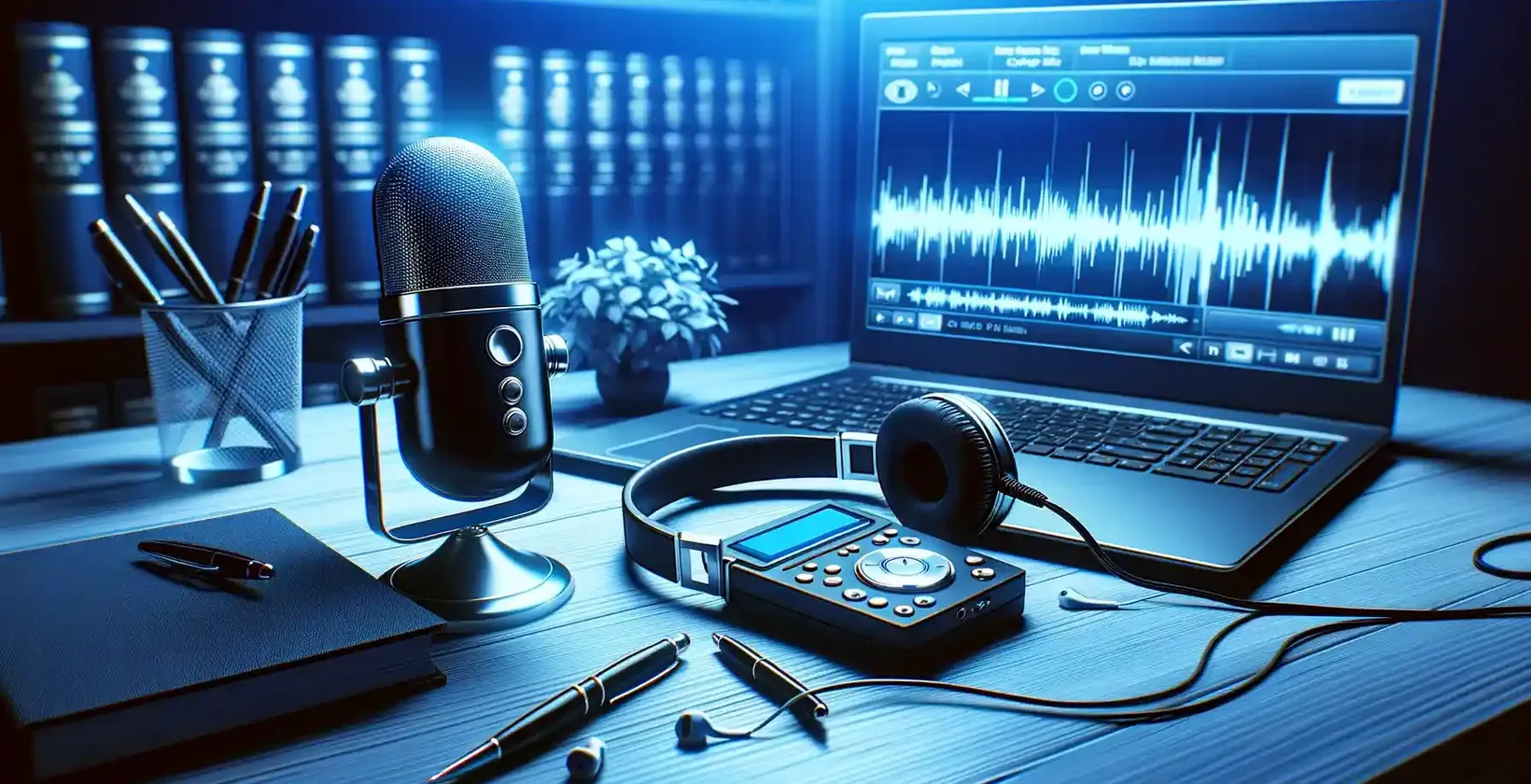You may be asking yourself: What is transcription? A transcription is the literal translation of the spoken word into written form. The word transcription comes from Latin and is derived from "transcribere", which means "to transcribe". It is used in many different areas, but primarily in research and linguistics. Transcription is also often necessary in journalistic work , namely when interviews, podcasts, videos and films need to be transcribed.
In general, the field of transcription is often underestimated. It is a separate branch of linguistics and requires a high level of listening comprehension, because the spoken word must first be understood. It’s also a very time-consuming process that no one just does on the side. It is not for nothing that entire offices deal exclusively with transcription.
What is transcription and its variations?
Probably the simplest form of transcription is dictation, as it has been used in many companies for decades. However, this form of transcription is not very scientific and is limited to the listening comprehension of the person writing to his superiors. A transcription goes far beyond this scope.

There are two basic forms of transcription – one is verbatim transcription and the other is corrected transcription. Each of these transcriptions has its areas of application and even different backgrounds.
What is literal transcription
A verbatim transcription is the actual transcription of the spoken word. Grammar errors are not ironed out, filler words, stutterers, repetitions or broken words are not removed or improved.
When should you use verbatim transcription?
The background of this kind of transcription is obvious: It is not only about what was said, but also how something was said. In research, for example, speech defects, moments of stress or word-finding disorders can be very well worked out. Any “Uh” or “Hm” is incorporated into the transcription to illustrate certain behaviors when nervous, for example.
Why is it difficult to use the literal transcription?
Editing a literal transcription requires a lot of extra effort, as very few people actually speak written language. Reading such a transcription not only takes longer, but is also very tedious.
Where is literal transcription used?
Qualitative research usually requires only verbatim transcriptions, because in addition to what is said, it is also about how it is said. The focus here is on the way the word is spoken. Verbatim transcription is also essential for psychological research, since many psychological disorders or phenomena involve an impairment or at least an influence on spoken language. When transcribing legal contexts, a verbatim transcription must also be made, since any interpretation would be subjective and might obscure the actual statement of, for example, an interviewee.
What is clean transcription
Matched transcription is also called smooth transcription. This type of transcription is about noting the spoken word in an understandable way. All stutters, sentence or word breaks are cleaned up and filler words are even completely ignored.
When should you use a clean transcription?
A clean transcription focuses on the content of what is said. It is used whenever it is necessary to create contexts where not every single word belongs in the transcription.
How do you use clean transcription?
Such an adapted transcription is easier to read than the literal transcription. It is a directly written language that is loose and easy to read.
Where is clean transcription used?
Clean transcription can often be used in the field of journalism and wherever interviews are conducted. The tonality of the recording may be loose, but only the content of what is said is reflected in the transcription. Qualitative research only uses clean transcription when it is about the what and not so much about the how of what is said. Minutes of meetings are also usually corrected in the transcription, since the speech errors of the participants are irrelevant to the understanding of the event. Those who dictate notes to themselves will also only neatly incorporate them into the transcription, as the recording in this case is only meant to be a reminder.
How do I start using the transcription?
Of course it is possible to do your own transcription. But who has the necessary equipment at their disposal? Transcribing from a recorder, preferably without headphones and with a manual pause, can take a very long time. The only advantage of this technique is that you have to deal with the statements over and over again and thus immerse yourself very deeply in the subject.
Outsourcing a transcription is costly. In fact, you should not underestimate the sheer time required for manual transcription. With one hour of audio material, you should plan around five to six hours of work for the transcription. If aspects such as dialect or severe speech impediments are added to this, it can take even longer.
Advantages of outsourcing transcription
You save a lot of time when you outsource and your transcription is handled professionally. The error rates are usually significantly lower, as only high-quality software is used. The result is a text file that you can easily process further.
Opt for our transcription with advanced AI (artificial intelligence). The advantage of using Transkriptor is that you only have to proofread the result of the transcription, which saves you a lot of time.
Now you have the knowledge to get started with transcription technology. We hope this post has answered your questions and explained the key concepts about transcription.


